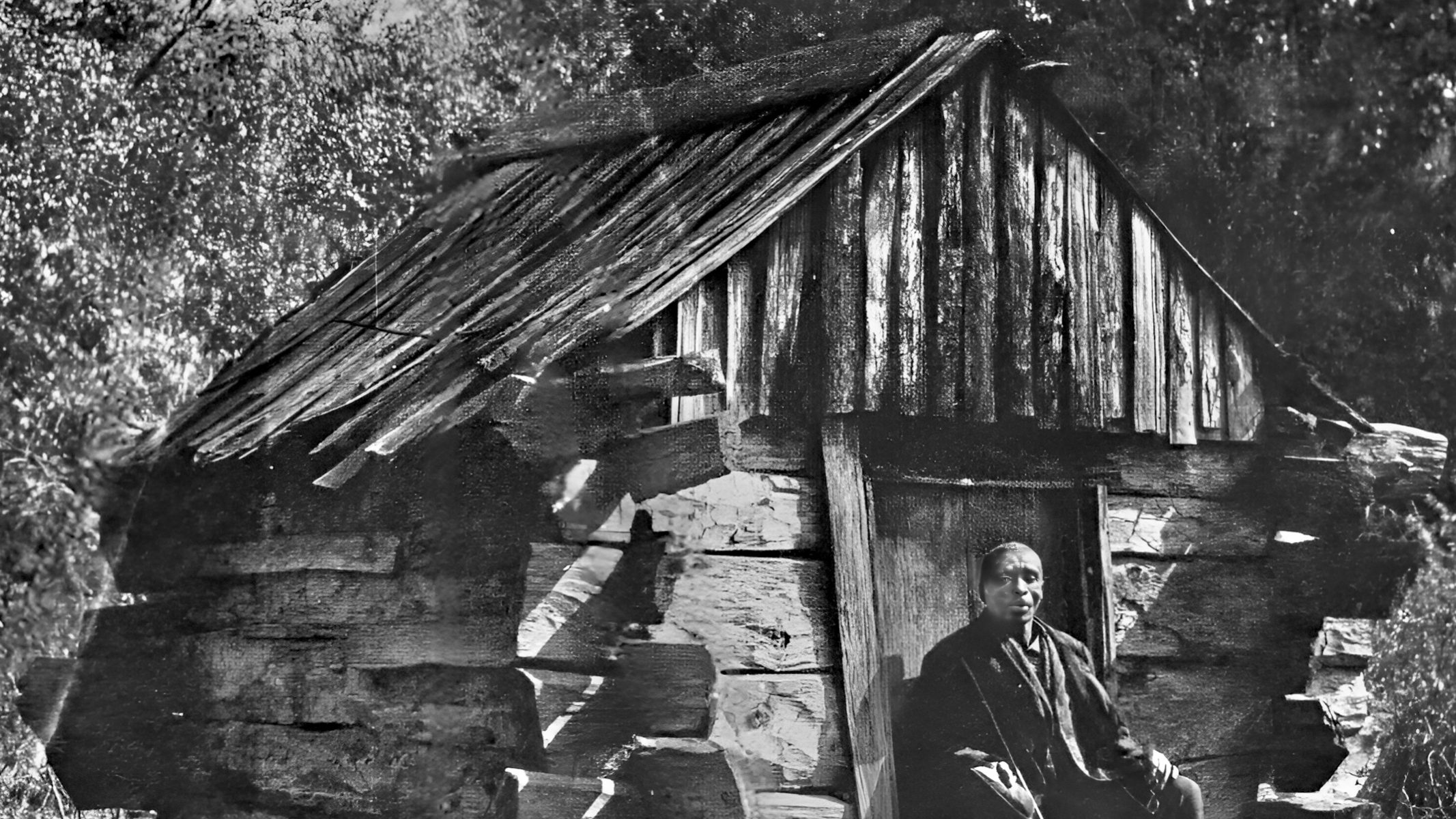This photo is of Brutus on Palawana Island, SC, circa early 1900s. The image is from Face of an Island: Leigh Richmond Miner’s Photographs of Saint Helena Island, compilation by Edith M. Dabbs. First Edition. Columbia, S.C.: R. L. Bryan Co, 1970.
Pete Bongiovanni gave a presentation in September 2022 in our History & Learning Center on the Enslaved People of South Carolina & Datha Island. His subtitle hinted at the scope of this talk.
Africans Were Not the First but Became the Many
(Video below is his presentation on slavery in the antebellum U.S. It is appropriate for young adults of middle school age under adult supervision.)
(Below are the presentation charts in PDF form.)
Sources
1. Ball, Edward, Slaves in the Family, Ballantine Publishers Group, 1999
2. Everett, Susan, History of Slavery, Chartwell Books Inc, 2014
3. Griffith, Jane, Slavery and Datha’s Enslaved, Dataw Historic Foundation Website, march 2020
4. Harms, Robert, A Voyage Through the Worlds of the Slave Trade, Blue Books, 2003
5. Iccarino, Anthony, ed., The Founding Fathers and Slavery, Encyclopedia Britannica, britannica.com
6. The Library of Congress, The Creation of Amazing Grace, Article
7. Littlefield, Daniel C., Rice and Slaves, Ethnicity and the Slave Trade in Colonial South Carolina, Illini Books, 1991
8. Meltzer, Milton, All Times All Peoples: A World History of Slavery, Harper & Row, 1980
9. Riski, William, Sea Island Cotton (1790-1920), Dataw Historic Foundation Website, March 14, 2022
10. Rowland, Lawrence S., Moore, Alexander, Rogers Jr. George C., The History of Beaufort South Carolina, Vol. 1, University of South Carolina Press, 1996
11. Sams, Reverend James Julius, A Memoir, 1905, Dataw Historic Foundation Website
12. Thomas, Hugh, The Slave Trade, Simon and Shuster, 1997
13. Trinkley, Michael, Growth of South Carolina Slave Population, Chicora Foundation, sciway.net
14. Weir, Robert M., Colonial South Carolina, A History, KTO Press, 1983


